
PUMA LAUNCHES THE MOSTRO OG IN BERLIN
In the vibrant setting of Acht Berlin, PUMA unveiled the latest iteration of the iconic…
Photography: Lisa Lankes

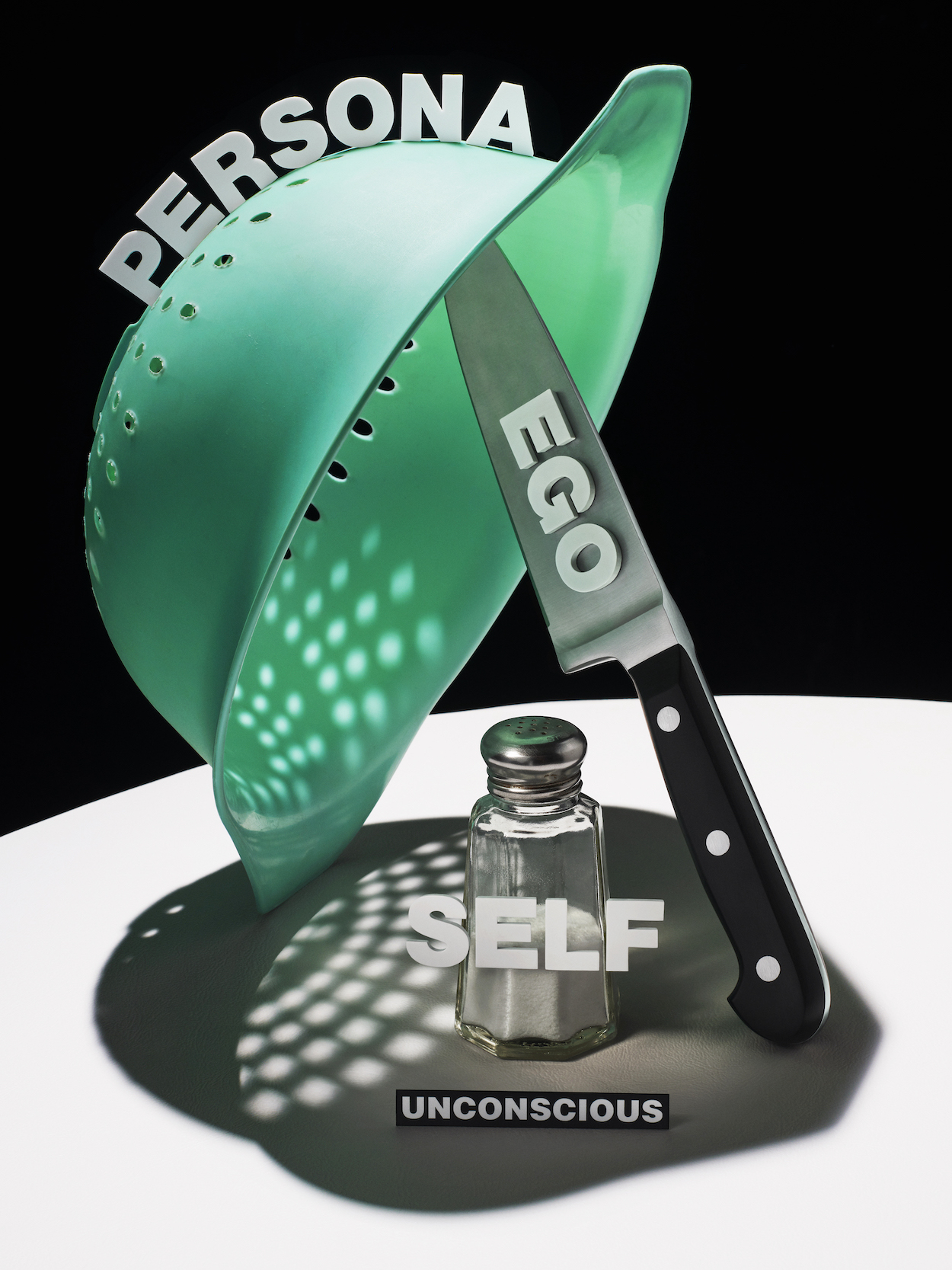
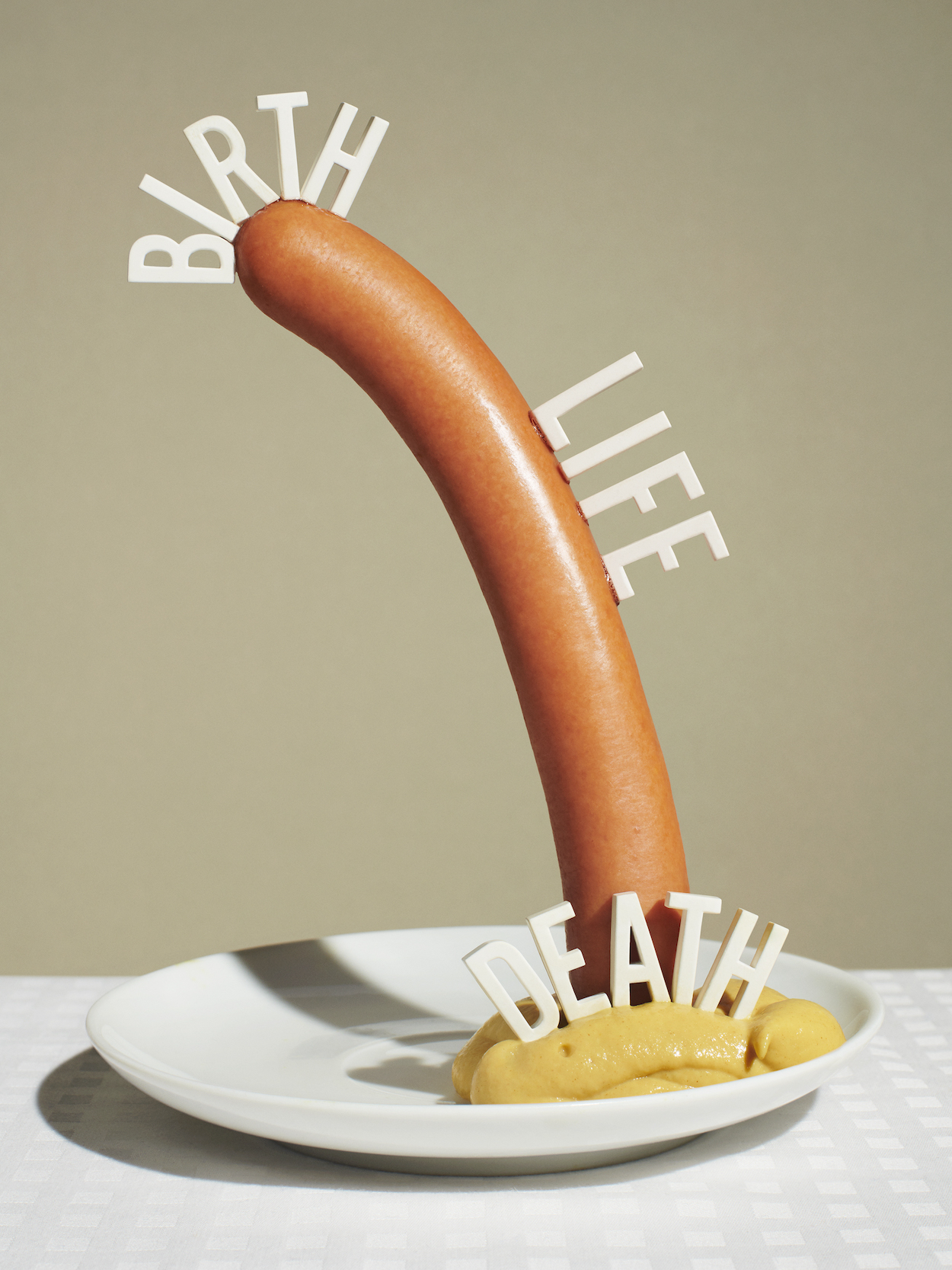

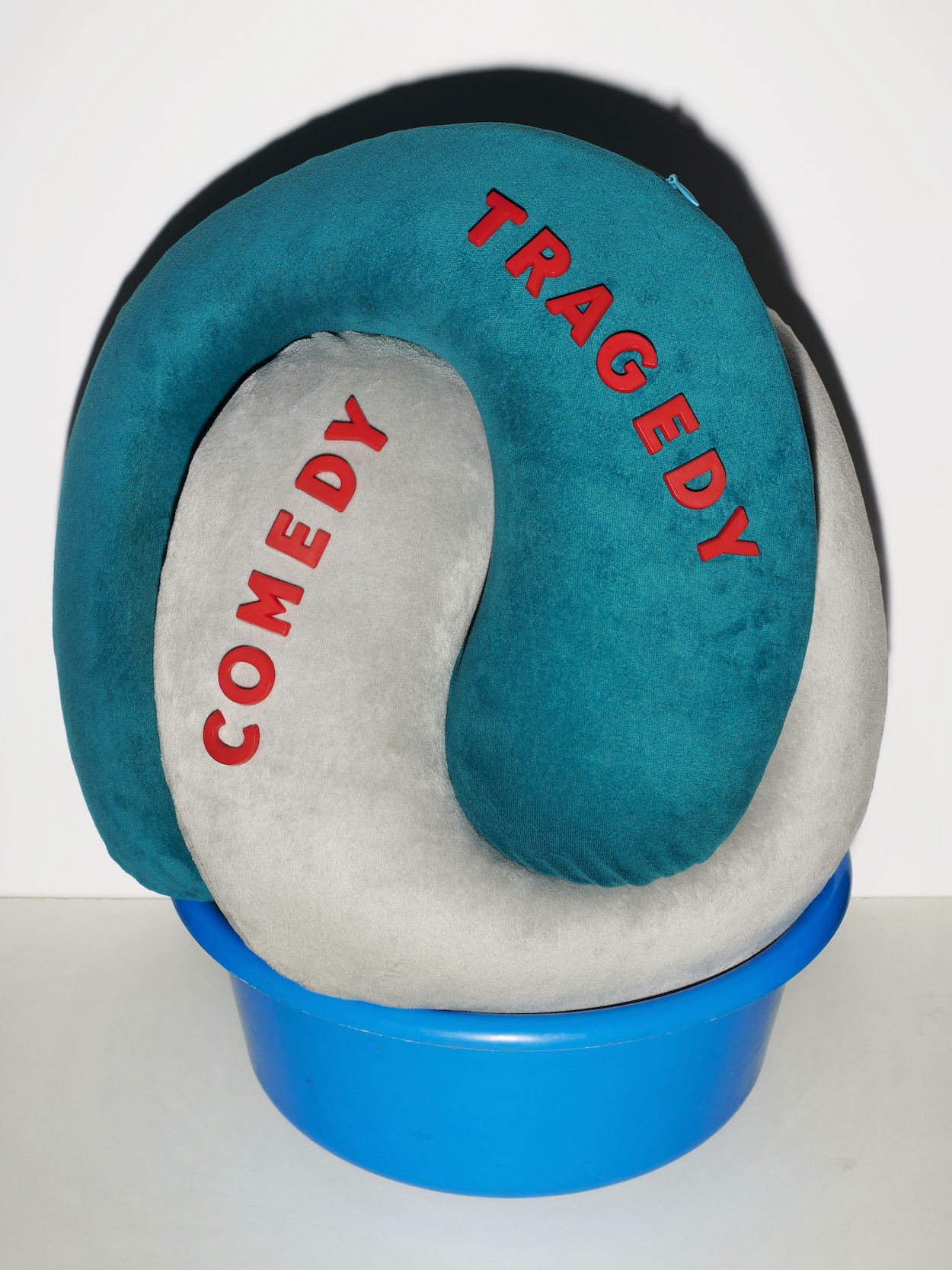
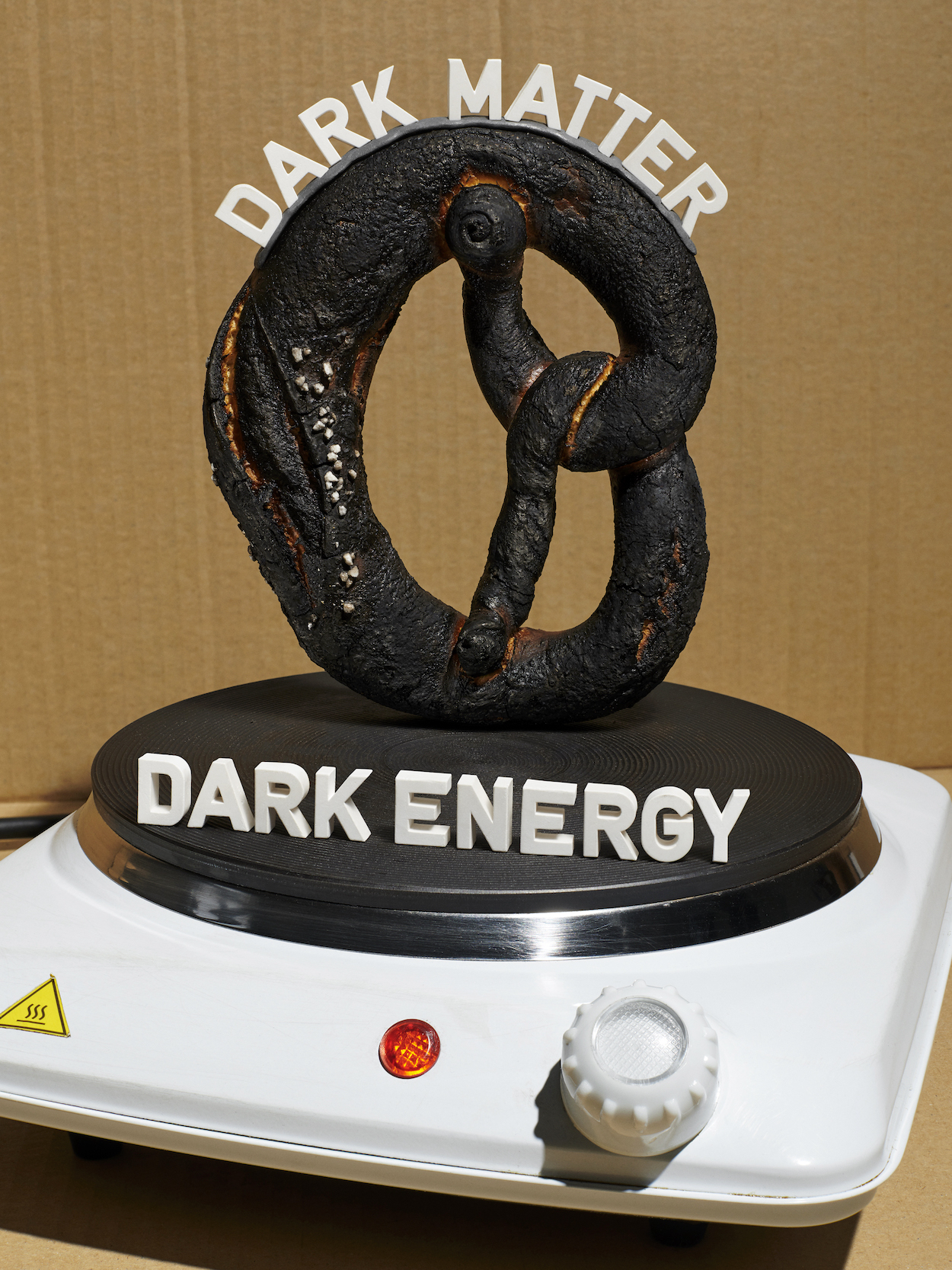
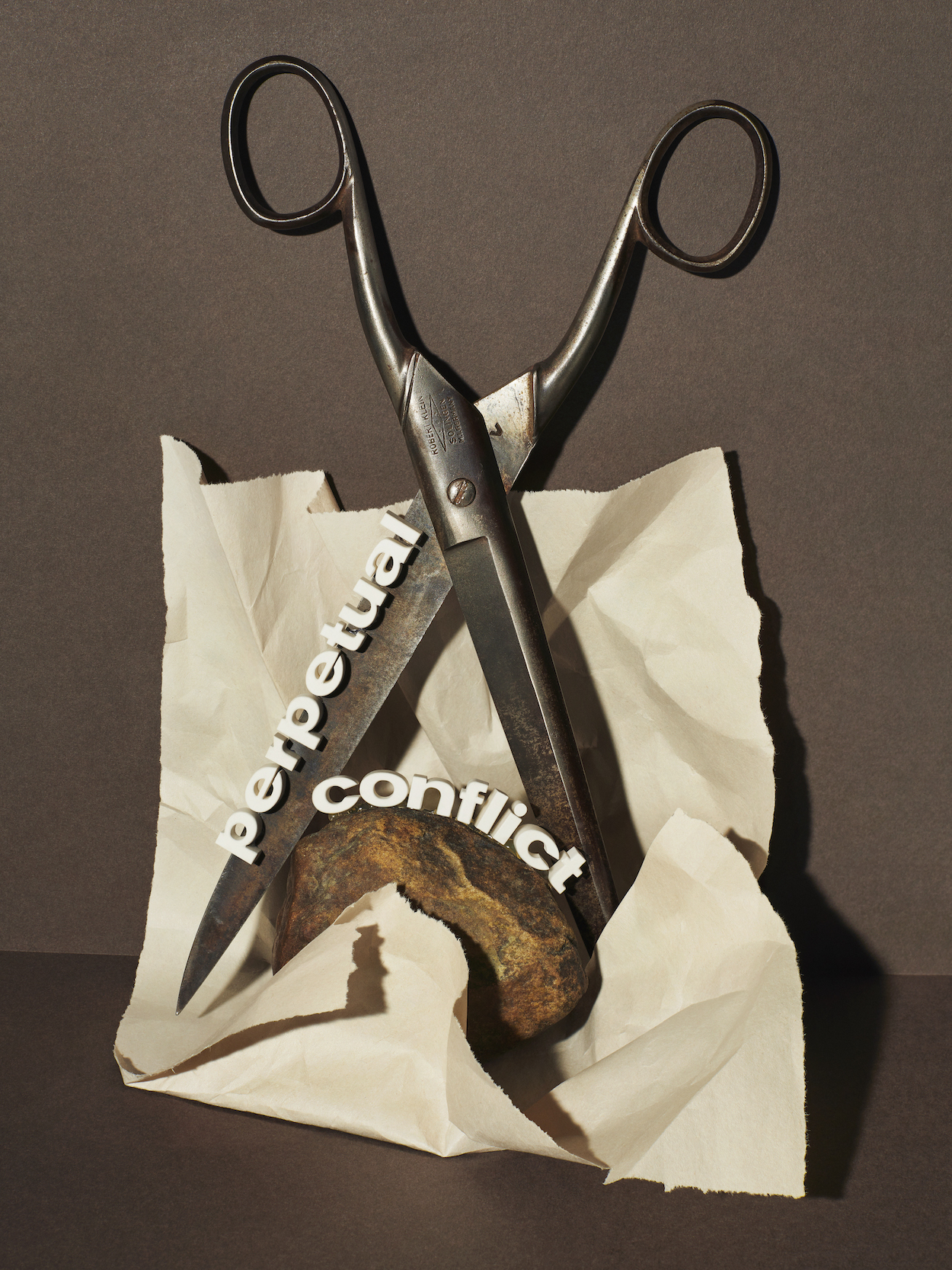



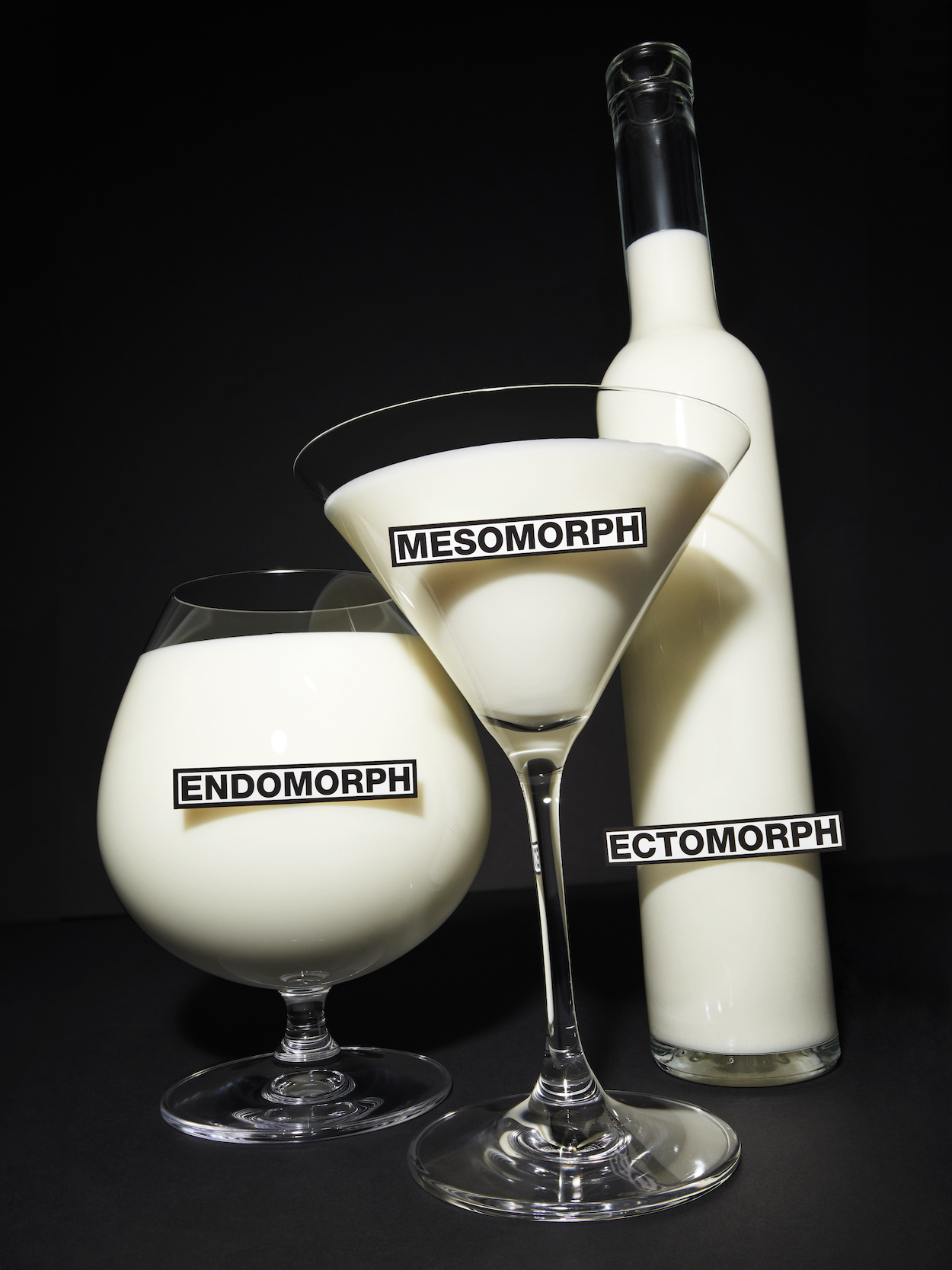



The Corner Gallery is delighted to announce “Birth Life Death”, an exhibition of new photographic works by Bela Borsodi. This marks Borsodi’s first exhibition in upstate New York, showcasing his unique ability to transform everyday objects into thought-provoking art.
In “Birth Life Death”, Borsodi presents a series of large-scale color photographs that feature common items arranged in seemingly random assortments. These objects, which may appear simple at first glance, are carefully chosen and labeled with in-camera lettering that invites viewers to explore deeper existential themes. Borsodi’s work is inspired by the philosophical inquiries of thinkers like Albert Camus. For instance, one image features a fork labeled “Sisyphus” supporting a gnarled beetroot labeled “The Absurd,” echoing Camus’ famous essay, The Myth of Sisyphus, which begins by addressing the fundamental question of whether life is worth living.
Each photograph in the exhibition is a study in deliberate composition. Borsodi pays meticulous attention to lighting, shadows, and object placement to create scenes that are both visually striking and conceptually rich. In Trinity, for example, smoldering cigarettes arranged in an ashtray symbolize the Father, Son, and Holy Spirit. The image Salome shows a pear, representing the female form, next to another pear with its top cut off to resemble the head of John the Baptist. These images use everyday items to explore profound themes, requiring the precise choice of objects to convey their intended messages effectively.
Another notable work features intertwined air travel support pillows labeled “comedy” and “tragedy,” placed in a dimestore plastic bucket. This piece serves as a modern, proletarian take on dramatic theory, tracing back to Aristotle’s Poetics. Through these compositions, Borsodi allows ordinary objects—often cheap and disposable—to engage in significant conversations traditionally reserved for high art.
“Birth Life Death” invites viewers to reflect on the human condition through the juxtaposition of mundane objects, encouraging a deeper exploration of themes that have fascinated thinkers for centuries. Borsodi’s photographs challenge us to see the extraordinary in the ordinary, making us question the very nature of existence through his artful arrangements.
Location: The Corner Gallery, 7 Main Street, Andes, New York, 13731
Exhibition Dates: May 25th to June 23rd, Weekends 12-4 pm
Bela Borsodi: I am always curious about discovering new ways to approach photography, seeking structures or ideas that allow me to explore it aesthetically and conceptually. Recently, I became curious about incorporating physical letters into photos, allowing them to exist as objects while also conveying the meaning of a term. This approach turns language, our most abstract form of communication, into something actual and physical.
I wanted to explore how something abstract interacts with something physical: would it interfere, confirm, or simply coexist with it? Would this create conflict or fluidity? We use “the abstract” (language) to describe something actual or emotional, so I was curious how this would translate within a photograph.
My first project in this manner was to create rebus puzzles, which resulted in a book. I inserted individual letters with an added “manual” of syntax and grammar into arrangements of objects. The resulting sentences had no connection to the objects themselves. In this new body of work, I shifted focus to the quality and character of the objects, allowing them to “speak.” The letters, and their meanings, engage in a dialogue with these objects, addressing profound human concepts and questions.
“This approach turns language, our most abstract form of communication, into something actual and physical”
I quickly realized that I had to be precise in every aspect of my work. Initially, I thought this project would be a fast and spontaneous undertaking, but as I began, it became clear that I needed to ensure the legibility of the letters and the overall coherence of the photograph. The letters shouldn’t get visually “lost” in their environment, and yet I wanted the photos to be attractive. Additionally, I had to be meticulous with the thematic elements, ensuring clarity in meaning and intention. Each photograph involved a significant conceptual process. Many ideas were discarded because they either didn’t work out or lost their charm.
This project was intended to be a fun experiment with a serious undertone, tackling some of the “big questions” and toying with the human condition. It addresses profound inquiries, like those children often ask but rarely get satisfying answers to: “Who am I?”, “Why am I here and what will happen after I am gone?”, and “What is all this about?” I still ponder these questions and do not think of them as naive, but eternally valid. Even if answers are not to be expected and necessary. To think about such questions is responsible for everything we have created, religion, philosophy, and everything else.
Usually, that is part of a long process. At first, I aim for objects I conclude to be ideal, but then they might not be available or don’t work out. During my search, I sometimes have unexpected encounters with things that I find randomly, these might even add more dimension to what I had first in mind, or inspire further exploration. Being open to such findings is also a discipline and demands artistic flexibility.
The process begins with an idea and then evolves in its own way. It concludes when I feel it is successful. While everything can always be improved, this is not always necessary. An audience always has that privilege to only see an artistic result, but this “result” is just one possible conclusion to the artistic process, with many other potential outcomes or solutions not being realized.
I addressed the use of “text” in response to your other questions, but I also create a lot of work that doesn’t include any text at all.
“This “result” is just one possible conclusion to the artistic process, with many other potential outcomes or solutions not being realized”
I try to find an arrangement and lighting that serves the principal idea of the photograph. For each photograph, I aim to find a photographic solution, to convey what I want to say and explore. With this project, it was key to find a way for the letters to be easily read but not at the expense of the general mood of the photo, which I wanted to be a bit “dramatic”. I used harsh shadows which confused the letters visually, so it became a matter of finding the right balance.
I hope viewers can appreciate the humor in these works, it was my primary motivation as I created this work. Particularly in the conceptual phase whenever I discovered something that worked well, that had a strong presence but with subliminal forces lurking behind it, I had a good ironic laugh. I hope that this translates to the audience.
That is exactly what I hope makes this work “charming” and engaging. Modest things, simple everyday objects expressing complex and often deep and anxious ideas, addressing our successes and failures, or our trauma. The high and the low coexisting, govern the universe and our existence. The fine balance between these elements allows for ease and humor in these settings. This involves a lot of conceptual work that runs the risk of becoming too silly, or only stating the obvious, or focusing solely on aesthetics. Each work involves a great deal of thought and research. While I have executed many others, I realized in the end that those did not work out
I always think of photography as the documentation of an artistic process or thought, a photographic manifestation of an idea or agenda. I would even say that “photography” is not necessarily bound to a physical “photograph” itself (the thing that you see) but to the initiative or the exploration of a “photographic thought and process” (what made it happen). This is an idea or a sensibility that wants to find itself realized and explored within a photograph. The initiative of producing the photograph as a result (the documentation) allows for this photographic process and validates this engagement. What interests me most is what photography could be, and what the process and exploration can teach me, about challenging perception, working with subliminal content, and so on. Otherwise, it’s easy to fall into the trap of merely pleasing the aesthetic or technical properties of a photograph. I’m always fascinated when I have an idea that allows me to engage in this process, regardless of its outcome. For me, this is the source of my growth, and I never tire of it because this kind of thinking does not follow a pattern of a “photographic look” (aesthetics), but instead shapes the “look” to the original quest and its exploration.
“I always think of photography as the documentation of an artistic process or thought, a photographic manifestation of an idea or agenda”
After finishing a project, I usually head in the opposite direction for my next one. I’ve already begun a new project that is out of focus, blurred, and very gestural and colorful. I’m not entirely sure how it will develop, but so far, I’m quite obsessed with it!

In the vibrant setting of Acht Berlin, PUMA unveiled the latest iteration of the iconic…
Photography: Lisa Lankes
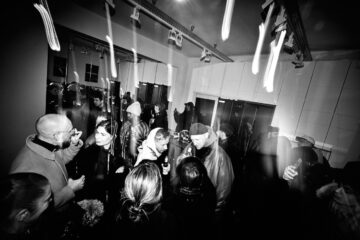
Berlin was buzzing on February 20th as we kicked off an incredible night at the arabsoda x…
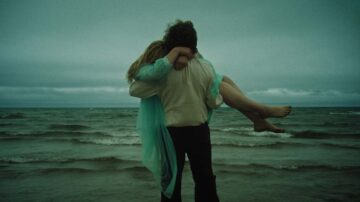
Numéro Berlin’s finely curated selection of the top 10 must-watch movies from the…